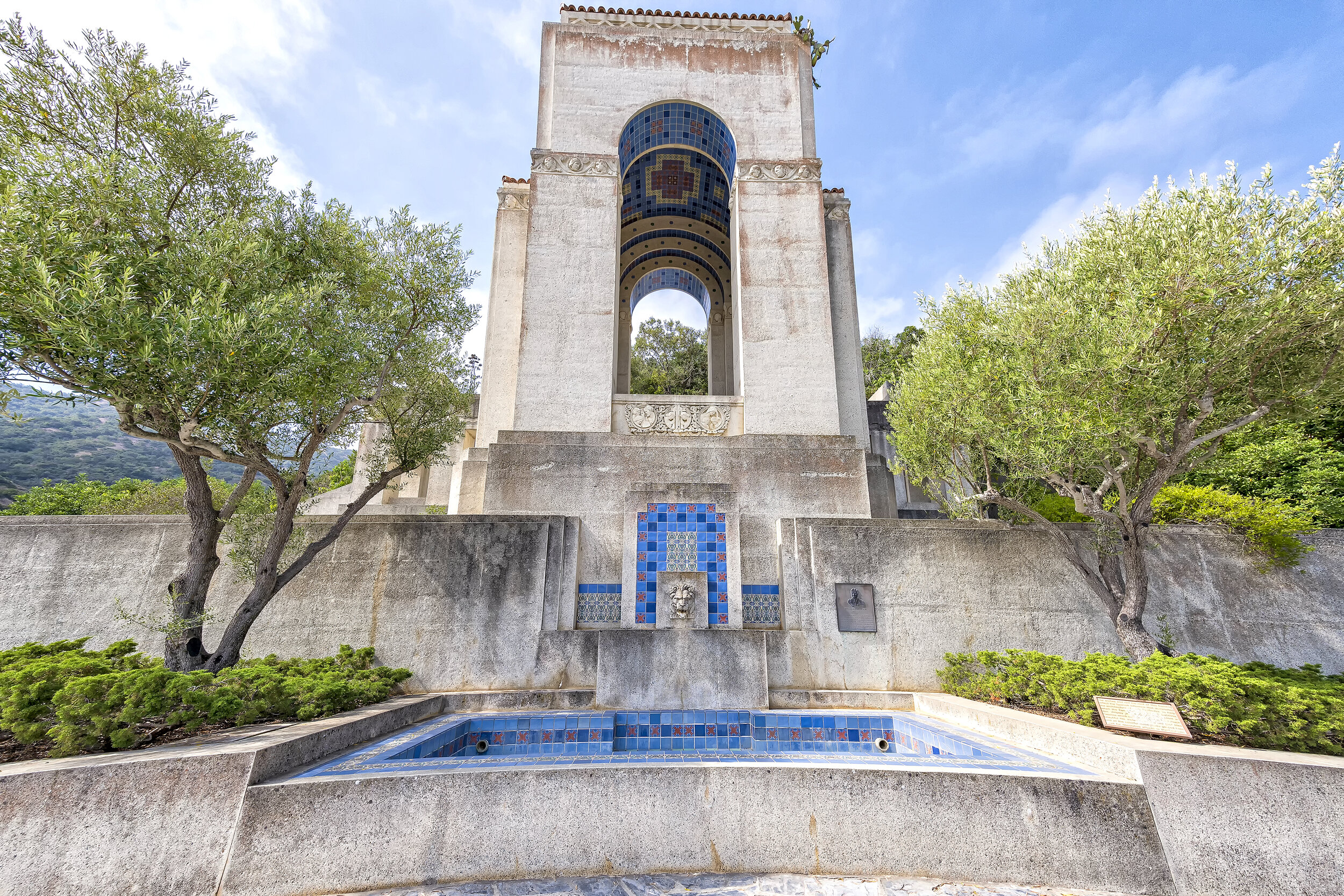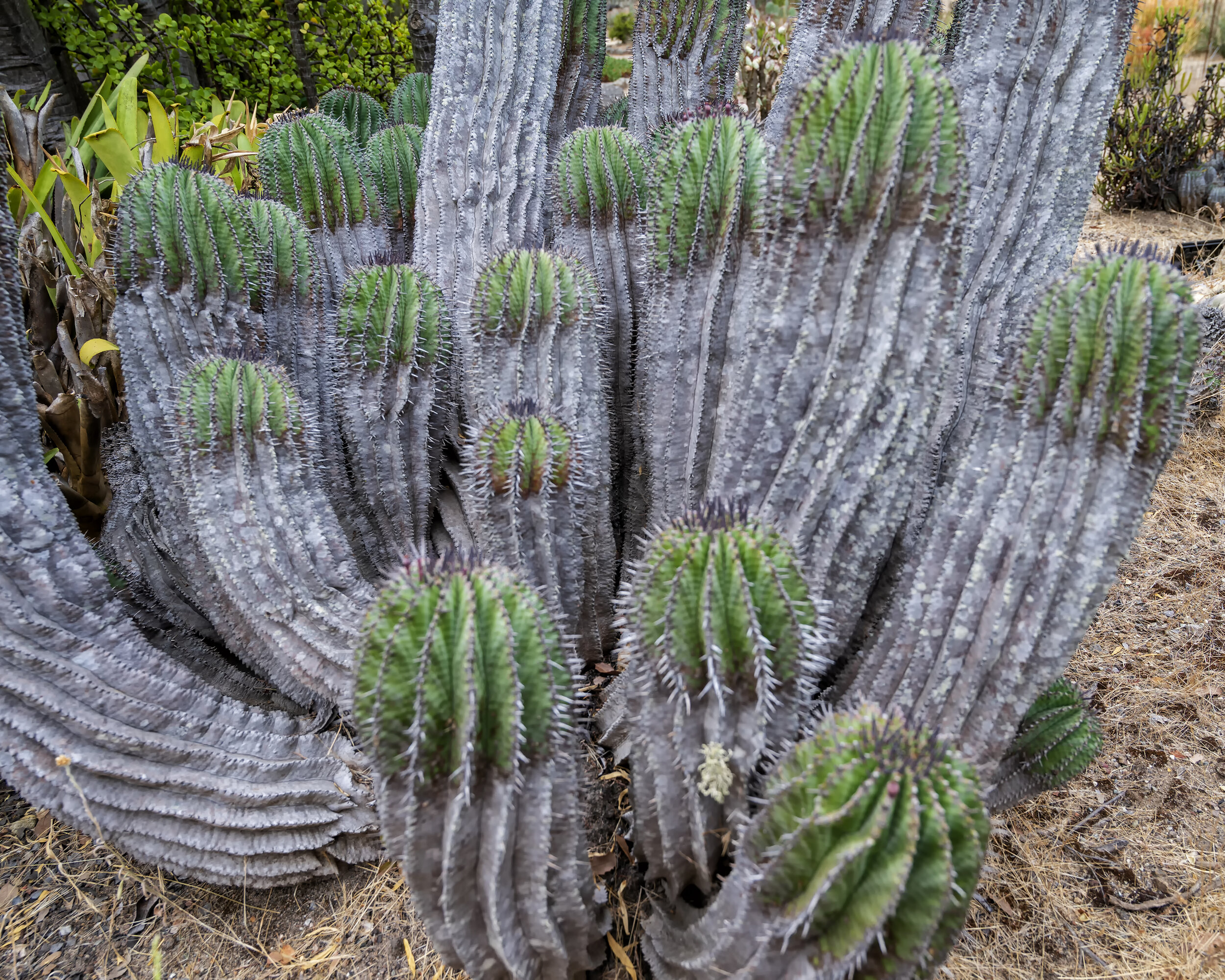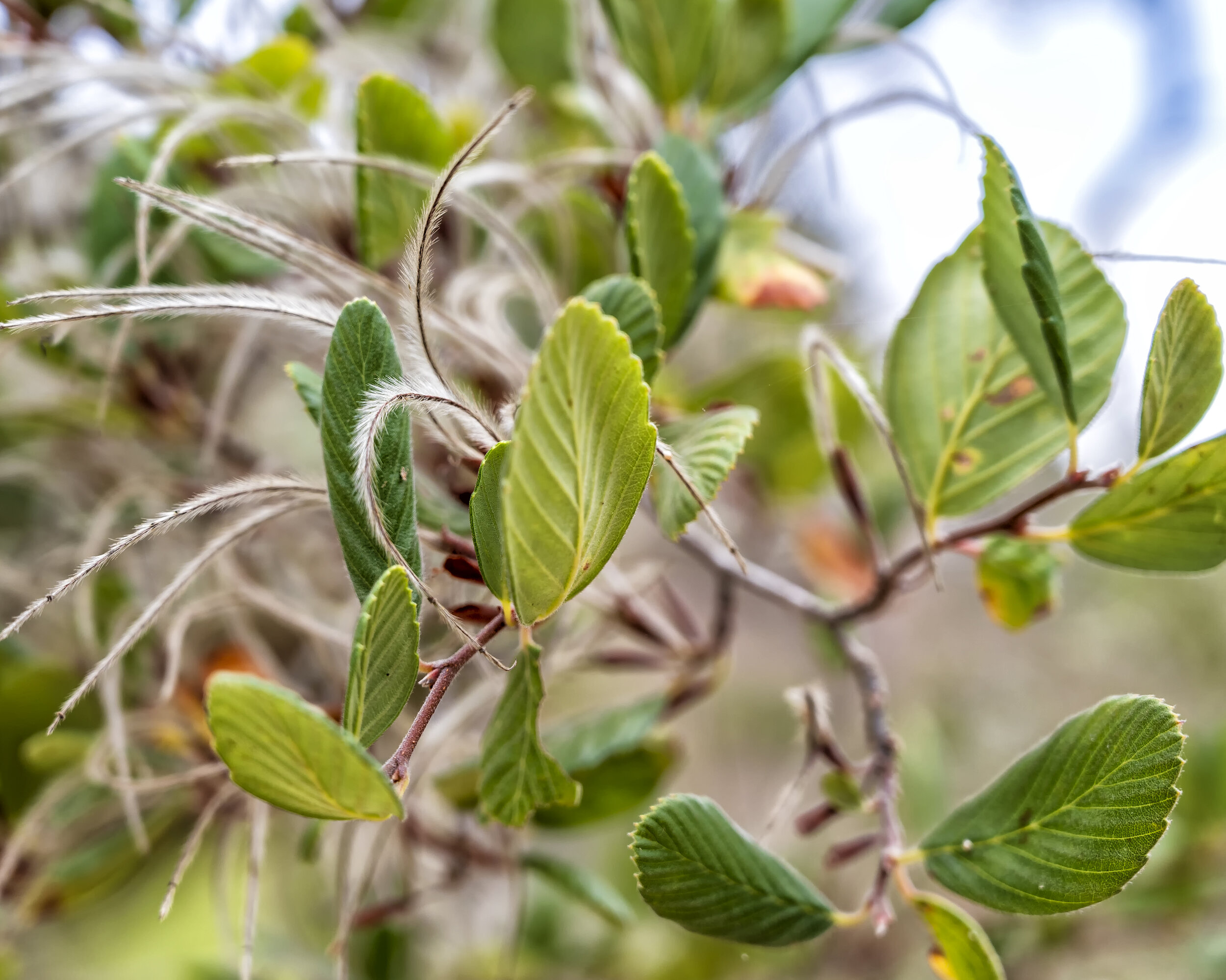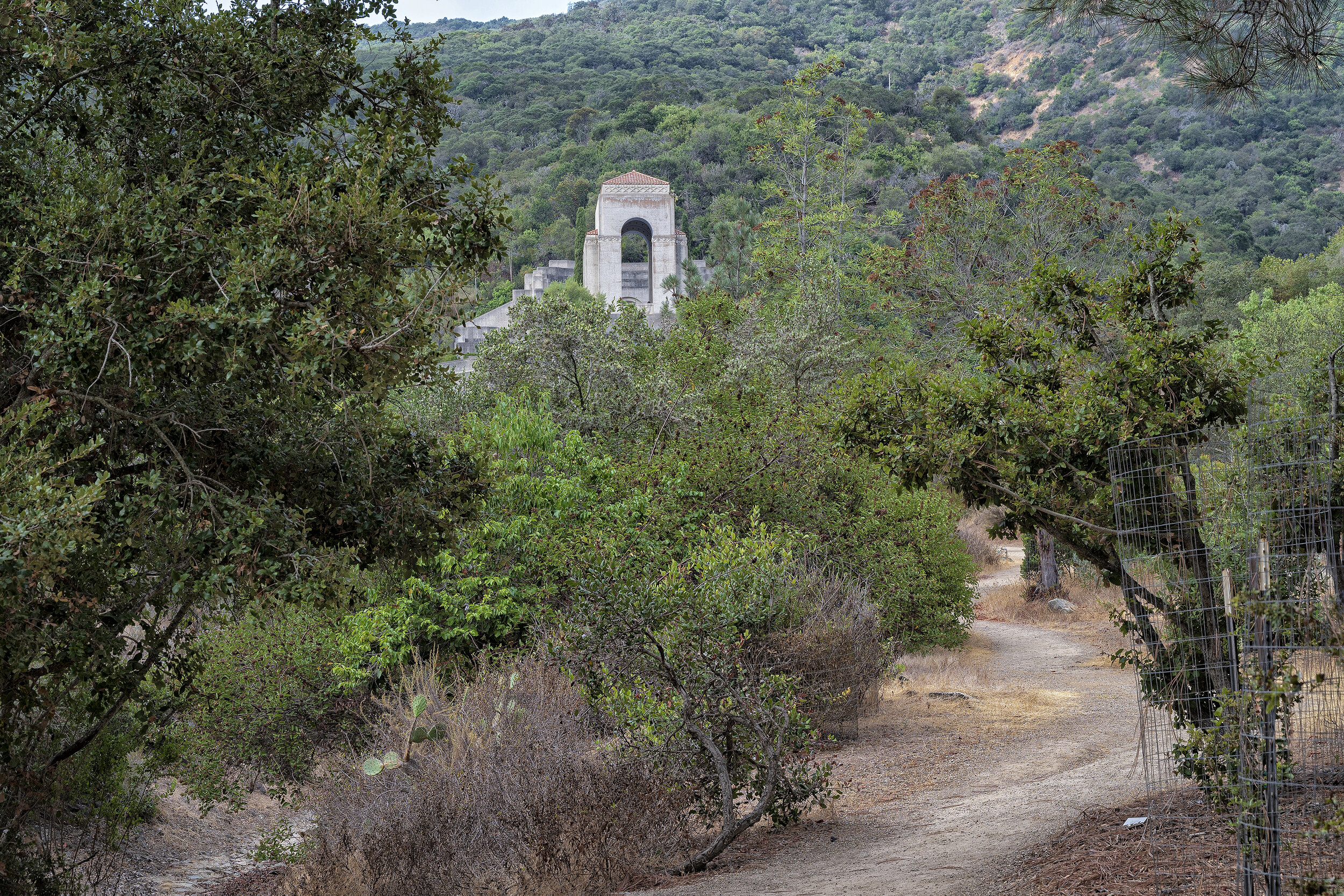The Wrigley Memorial and Botanic Garden by Steve Tabor
The Wrigley Memorial and Botanic Garden
by Steve Tabor
William Wrigley, Jr. fell under the spell of Santa Catalina Island at first site. By 1919, he assumed ownership of the Island when he became the majority owner of the Santa Catalina Island Company and continued his love affair with the island until his death in 1932. It seemed only fitting that his remains should be interred on his island paradise.
The construction of the Wrigley Memorial began shortly after Wrigley’s death in 1933 and was completed in 1934. The Memorial was designed in Chicago by architecture firm Bennett, Parsons and Frost utilizing materials mostly found on the island. The aggregate rock from the Pebbly Beach Quarry was crushed, bonded with white cement then sandblasted to reveal its rich colors and accents. Blue flagstone from Little Harbor was used to form the ramp ways and stairs leading to the Memorial. The red roof tiles and the decorative tiles that adorn the Memorial were created at Catalina Clay Product and Tile Plant.
The Memorial’s Tower stands 80 feet tall atop a base that is 232 feet wide, 180 feet deep and 130 feet tall. From the tower’s archway, visitors can look down Avalon Canyon at Avalon Bay and beyond.
To allow public access to the Botanical Garden and the Memorial, the Wrigley family chose to relocate Wrigley’s remains. Despite the removal of his remains, the original burial marker continues to be displayed at the Memorial. Mrs. Wrigley died in 1958 in the City of Los Angeles. Her remains were placed alongside her husband in the Sanctuary of Gratitude at Forest Lawn Cemetery.
Shortly after the Memorial’s construction, Wrigley’s wife of nearly 50 years, Ada Elizabeth Foote Wrigley, established a formal garden on the grounds of the Memorial in tribute to Wrigley. Mrs. Wrigley’s fondness for cacti and succulents inspired the Desert Plant Collection.
In 1969, the Wrigley Memorial Garden Foundation (WMGF) restored the original garden and expanded the Garden to 37.85 acres. In 1972, Wrigley’s son, Phillip created a non-profit organization, the Catalina Island Conservancy (Conservancy), to preserve 42,000 acres of Catalina’s wildlands. Eventually, the WMGF merged with the Conservancy and officially dedicated the property as the “Wrigley Memorial and Botanic Garden”. The Conservancy continues to lead efforts in preserving an historic record of Catalina’s flora.
Catalina’s Mediterranean climate allows the Garden to include plants from around the world, but it focuses on plants from Catalina, California’s other offshore islands and the Baja California region. The Desert Plant Collection features 500 species of cacti and succulents from Africa and the Americas including some highly toxic plants that were used by native Californians to create toxic weapons used for hunting.
The Native Plant Collection includes Catalina Mahogany, Catalina Ironwood, Island Oak and Catalina Cherry trees as well as other endemic plants from Catalina and other islands in the Channel Island chain.
The Memorial is approximately 2 miles from Avalon’s beachfront. Many visitors choose to walk, take a bike or golf cart to the Memorial, but regularly scheduled bus service, the Garibaldi Bus, is available for $1.00 each way. The Wrigley Memorial and Botanic Garden are open daily from 8:00 a.m. to 5:00 p.m., except for Thanksgiving Day and Christmas Day. Adult admission is $8.00. Discounts are available for children, veterans, and seniors. Active military members are free.
Steve Tabor Bio
This South Bay native’s photographic journey began after receiving his first 35mm film camera upon earning his Bachelor of Arts degree. Steve began with photographing coastal landscapes and marine life. As a classroom teacher he used photography to share the world and his experiences with his students. Steve has expanded his photographic talents to include portraits and group photography, special event photography as well as live performance and athletics. Steve serves as a volunteer ranger for the Catalina Island Conservancy and uses this opportunity to document the flora and fauna of the island’s interior as well as photograph special events and activities.
Watch for Steve Tabor Images on the worldwide web.




















